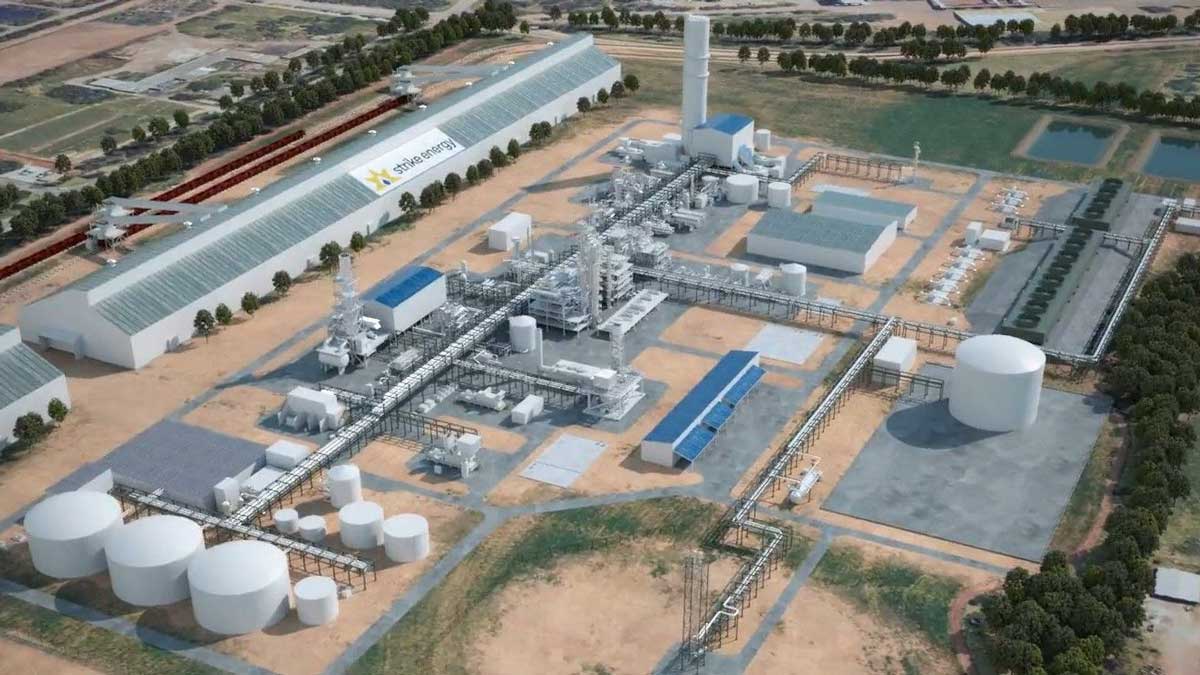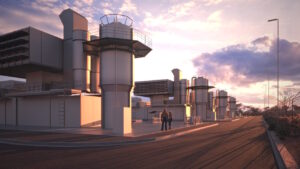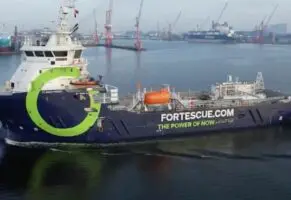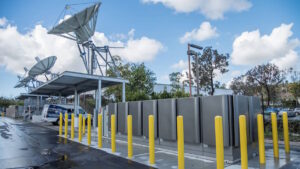With a flood of new projects seeking to ride a wave of enthusiasm for green hydrogen, it has become increasingly important to filter out those genuinely boosting Australia’s renewable hydrogen capabilities, and those taking advantage of hydrogen’s status as the ‘flavour of the day’.
One example is a new $3 billion urea production facility being developed by gas company Strike Energy, which is set to receive extra support from the Morrison Government while being touted as a ‘clean hydrogen’ facility.
Federal energy and emissions reduction minister Angus Taylor and resources minister Keith Pitt jointly announced on Wednesday that the Morrison government would fast-track the approval process for, the Project Haber plant being developed by Strike Energy in Western Australia.
In a statement, Taylor praised the project for its use of ‘clean hydrogen’, saying the plant will produce urea – traditionally made using fossil gas and coal – with a much lower carbon footprint compared to overseas supplies.
“The facility has the potential to deliver significant emissions reduction to Australia’s urea manufacturing sector through the use of advanced ammonia and gas processing technology, as well as dedicated clean hydrogen,” Taylor said.
Strike Energy’s CEO Stuart Nicholls has also not shied away from claiming credit for a project that he said demonstrated the role of green hydrogen in a wider ‘gas led recovery’, adopting the terminology of the Morrison government.
“Project Haber personifies the intensions of the ‘gas led recovery’ and shows how the development of low-cost gas in partnership with green hydrogen and other renewable energy can transition Australia to a sustainable and viable lower carbon future,” Nicholls said in a statement last year.
But the company’s documents show the project will be almost entirely dependent on fossil gas as its primary feedstock.
ASX disclosures show that Strike Energy expects that the plant’s feedstock will consist of just 1.25 per cent hydrogen. The remainder, 98.75 per cent of feedstock, will be met through Strike Energy’s own supplies of fossil gas.
The small proportion of hydrogen used, according to Strike Energy, will reduce the emissions intensity of the facility by just 0.01 tonne of carbon dioxide equivalent emissions released per tonne of urea produced

Analysis of the project’s emissions footprint completed by consultancy Acil Allen for the project shows that most of the comparative emissions reductions that the project may deliver are primarily result of localising manufacturing and the use of the gas from Strike Energy’s Perth Basin projects as opposed to coal used by overseas producers.

Even under a more optimistic hypothetical scenario, the plant will use a maximum of 20 per cent hydrogen, a scenario contingent on Strike Energy developing as yet untapped geothermal resources in Western Australia.
There are currently no operational geothermal projects in Australia, as the technology has proven expensive and difficult to develop locally.
It raises questions about the extent to which a project may be accurately described as using ‘clean hydrogen’, when hydrogen represents a negligible proportion of a project’s inputs.
Overwhelmingly, the urea plant will be supplied by fossil gas but has enjoyed promotion by both the federal government and the company itself as a ‘clean hydrogen’ project.
In a company statement on Wednesday, Strike Energy suggested that the project’s ability to secure the major project status was at least in part because the project was deemed to align with the National Hydrogen Strategy.
Strike Energy director Nev Power was chosen by the Morrison Government to chair the controversial Covid Commission, which was asked to provide advice to the government on how to respond to the economic impacts of the Covid-19 pandemic.
The Covid Commission advised Morrison to underwrite gas pipelines, but ignored green jobs.
The announcement follows the first shipment of hydrogen produced by the Hydrogen Energy Supply Chain (HESC) Project.
The Morrison government also praised that shipment for delivering ‘clean hydrogen’ to Japan but produced hydrogen extracted from brown coal and the project purchased carbon offsets to claim its ‘clean’ status.








